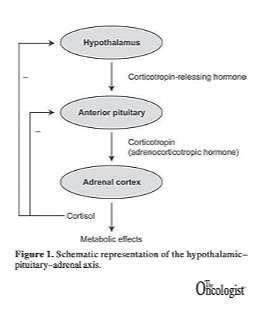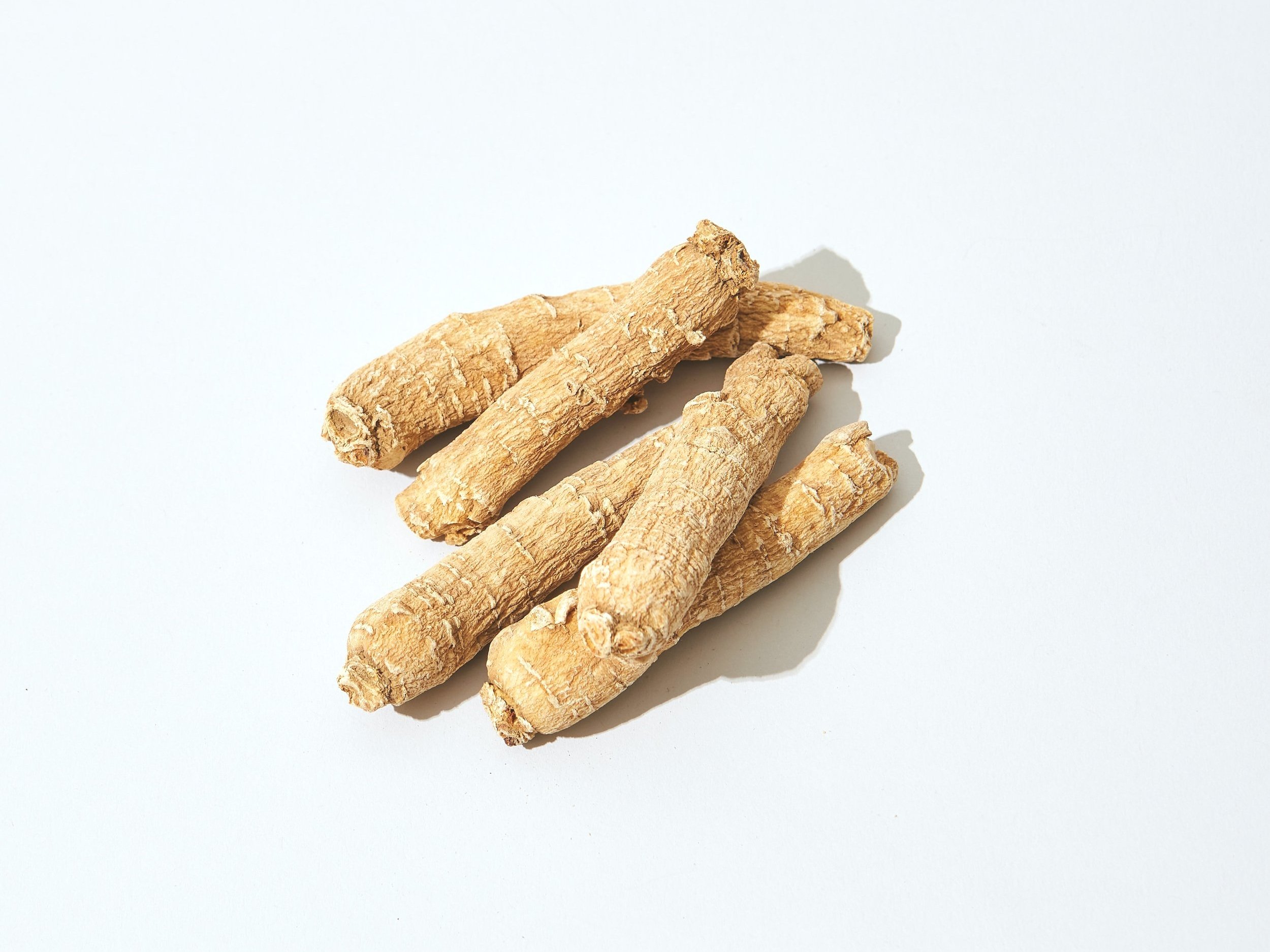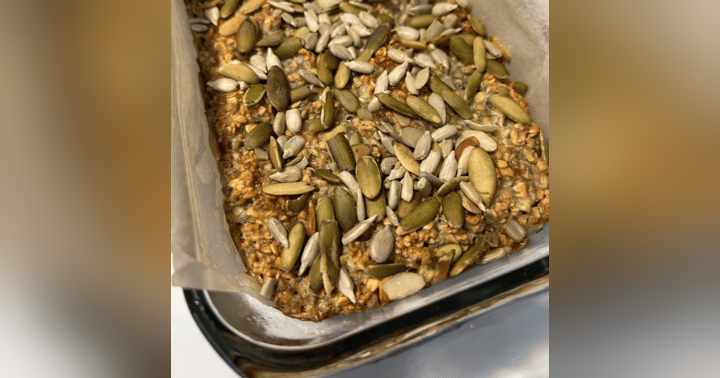Adaptogens for Energy & Endurance

There is an entire category of plants used in herbal medicine that are specifically targeted to help with energy and endurance. They are called adaptogenic plants, or simply adaptogens.
What is an adaptogen? The suffix “gen” means “creator of.” (Think allergen, which is a “creator of” allergies). So, adaptogen means “creator of adaptation.” Adaptogens are a class of plants within botanical medicine that help you adapt to stress. Think of them as plants that make you more resilient, mentally and physically.
Stress can come in many forms: emotional stress, physical stress, or mental stress. To those of us who practice integrative medicine, the term “stress” is a very general term. It is any state in which your body must accommodate discomfort, be it physical or psychological. When you stop to reflect on this, you may find there are more “stressors” on you than you thought, and each one can take a toll on your system.
To be clear, there are no pharmaceutical adaptogens. No such classification exists in the realm of drugs, just in case you are tempted to go looking. (You’re welcome.)
The most well-known adaptogen is ginseng.
Perhaps you’ve heard of ginseng as a “pick me up?” That’s partly true. Ginseng can undoubtedly help your endurance and give you energy, but it’s not a stimulant. (For that, coffee is awfully reliable!)
Ginseng is more of slow and steady nourishment for your own energy production.
When considering plant medicines, an essential consideration is which part of the plant should be used. This may be the roots (or rhizome), the leaves, the flowers, the bark, the fruit, the seeds, etc. In the case of ginseng, it’s primarily the roots/rhizome that we use as medicine.
Several types of ginseng roots are available in health food stores and online. The term “ginseng” in itself is not quite specific. “Ginseng” is the common name for a handful of different plants, all of which are adaptogens.
Example of plants whose common name is “ginseng”
-
Indian ginseng = Withania somnifera (Ashwaganda)
-
Siberian ginseng = Eleutherococcus senticosus (Eleuthero)
-
Korean ginseng = Panax ginseng spp. (Ginseng)
-
Chinese ginseng = Panax ginseng spp. (Ginseng)
-
American ginseng = Panax quinquefolia (Ginseng)
While they are all of these plants are adaptogens, each has a slightly different effect. (For a nice comparison of ginsengs from around the world click here.)
To keep things simple, let’s concentrate on just one of these ginsengs. One with good evidence for use during and after treatment for cancer. One that’s known to help with blood sugar control. One that is widely available in stores. One that can be sustainably grown in the good old U.S. of A.
Our own indigenous adaptogen: American ginseng (Panax quinquefolia).
How does ginseng support your innate energy?
The primary way that all ginsengs work is by supporting your circadian rhythm. Your circadian rhythm is the (approximately) 24-hour cycling of your body’s functions. Also called a diurnal rhythm, it is our innate programming that has us sleeping in the night and wakeful in the daytime. (As opposed to nocturnal animals, who are awake in the night and sleep during the day.)
Good health requires that your diurnal rhythm is robust. Specifically, you must have the proper fluctuations of all of your bodily functions throughout the day and throughout the night.
The main driver that enables you to wake bright-eyed and bushy-tailed, and fall into a deep sleep every night is your hypothalamus, which ultimately communicates with your adrenal glands. This communication is actually a three-organ system: your hypothalamus, your pituitary, and your adrenal glands. (Often called the HPA axis)
Proper HPA axis function results in cortisol production from your adrenal glands. The cortisol production fluctuates so that your cortisol is highest when you wake up in the morning and lowest when you go to sleep at night.
Cortisol, made by the outer aspect of your adrenal glands, largely has two functions: It participates in your body’s day-night oscillation of systems (diurnal rhythm) and engages in your “fight or flight” response when there is a perceived danger (or stressor).
Once you have gone through cancer treatment, there are many reasons why the HPA axis may not fully recover for quite some time. In fact, we’ve known for over a decade that dysfunction of the HPA axis is one of the primary reasons for cancer-related fatigue during and after treatment for cancer:

In short, American ginseng helps restore the normal fluctuation of cortisol by improving the function of the HPA axis. The reparative process appears to take place within the brain, restoring the negative feedback of cortisol on the hypothalamus and pituitary (see Figure 1). This allows for the proper cortisol fluctuations. This means that the proper ebb and flow of cortisol from the adrenal glands is restored. It also means that when you have a stressful event and have a surge of cortisol, you are able to recover quickly and appropriately.
At all times, your HPA axis is idling in the background, maintaining the proper 24 hour highs and lows of cortisol, along with other hormones. This provides you with sustained energy that gradually fades into fatigue when you should be going to bed.
When there is an acute stress event (think near-miss when driving) your HPA snaps into action and leads to rapid cortisol release so you can get a proper jolt of energy. Ideally, you want to overcome this quickly, and only when your hypothalamus and pituitary are responding properly to high cortisol can you calm down quickly. This makes ginseng both supportive of fatigue and helpful to calm down appropriately.
Cancer-Specific Data on American Ginseng
Last, but certainly not least, there is scientific data to mention about American ginseng. Evidence is a funny thing. Would this plant still work if we didn’t have any data? Yes, it would simply be “unproven.” Scientific inquiry helps to validate the use of plant medicines, but by no means is it required. Links to the studies follow.
To learn more about adaptogens, listen to Slay Stress with Adaptogens!
For more on fatigue, including questions to ask your healthcare team, click here.
Barton DL, Liu H, Dakhil SR, et al. Wisconsin Ginseng (Panax quinquefolius) to improve cancer-related fatigue: a randomized, double-blind trial, N07C2. J Natl Cancer Inst. 2013 Aug 21;105(16):1230-8.
Chen EY, Hui CL. HT1001, a proprietary North American ginseng extract, improves working memory in schizophrenia: a double-blind, placebo-controlled study. Phytother Res. 2012 Aug;26(8):1166-72.
Mucalo I, Jovanovski E, Vuksan V, Božikov V, Romić Z, Rahelić D. American Ginseng Extract (Panax quinquefolius L.) Is Safe in Long-Term Use in Type 2 Diabetic Patients. Evid Based Complement Alternat Med. 2014;2014:969168.
Vuksan V, Xu ZZ, Jovanovski E, et al. Efficacy and safety of American ginseng (Panax quinquefolius L.) extract on glycemic control and cardiovascular risk factors in individuals with type 2 diabetes: a double-blind, randomized, cross-over clinical trial. Eur J Nutr. Apr 2019;58(3):1237-1245.
Junghaenel DU, Christodoulou C, Lai JS, Stone AA. Demographic correlates of fatigue in the US general population: results from the patient-reported outcomes measurement information system (PROMIS) initiative. J Psychosom Res. 2011;71(3):117-123. doi:10.1016/j.jpsychores.2011.04.007





